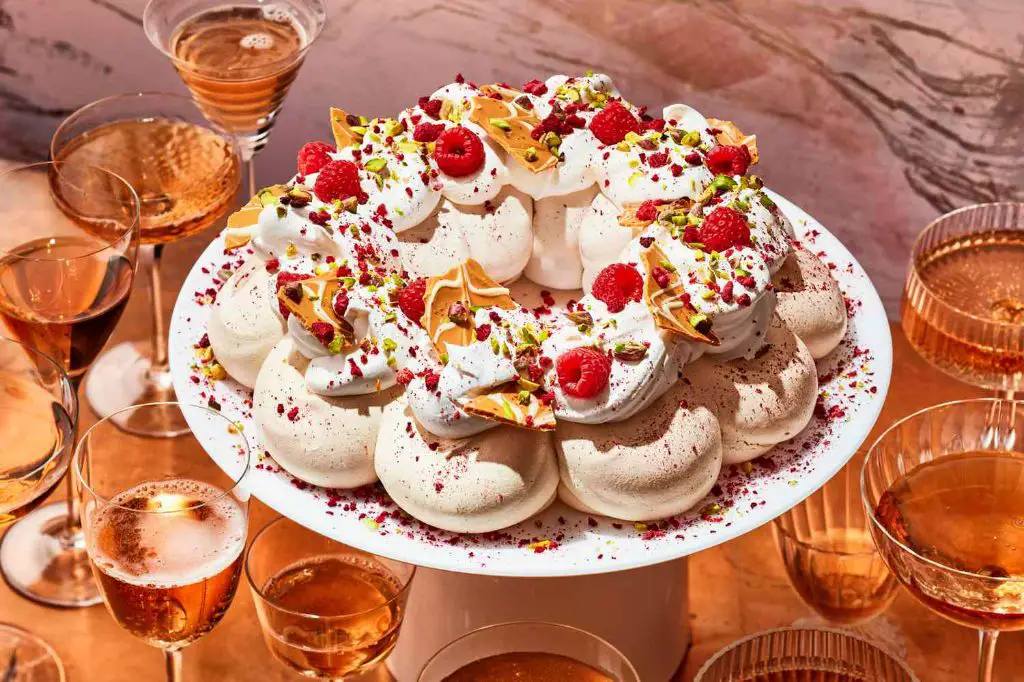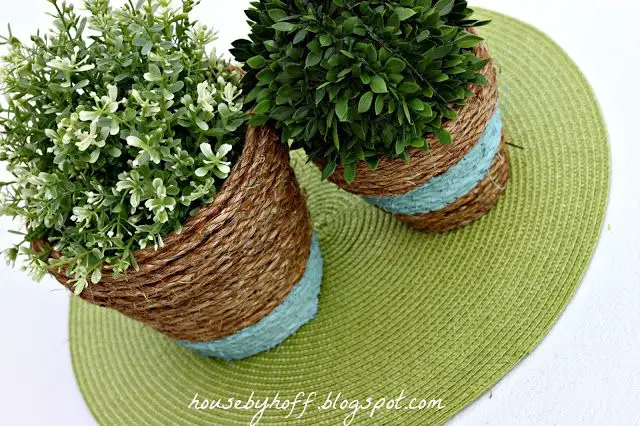What To Bake When Bored At Home?
Baking Basics
Baking can seem intimidating to beginners, but with some essential tips, tools, and ingredients, anyone can become a skilled baker. According to baking experts, following recipes accurately is key for beginners. Carefully read the recipe beforehand and make sure you have all necessary ingredients and tools mentioned. Assembling mise en place with measured ingredients also helps avoid mistakes later on. Investing in basic baking equipment like mixing bowls, baking sheets, a stand mixer or hand mixer, and measuring cups and spoons guarantees you have what you need to get started.
When measuring ingredients, accuracy matters. Use dry measuring cups for flour, sugar, salt, etc. and liquid measuring cups for wet ingredients like milk or oil. Level off dry ingredients with a knife for an exact measure and place liquid measuring cups on a flat surface while pouring in ingredients. Check for things like bringing eggs or butter to room temperature if specified. Setting a timer and preheating your oven fully are other tips from The Bake or Break Blog (https://bakeorbreak.com/2022/08/baking-tips-for-beginners/) to prevent simple but common baking mistakes.
Most importantly, take your time and don’t rush the process. Baking is often a waiting game that requires patience at each step. Follow the directions closely and seek advice if you’re unsure about techniques. With practice, you’ll gain confidence and skill on your baking journey.
Classic Baked Goods
When bored at home, baking up a batch of classic baked goods like cookies, brownies, cakes, muffins, scones, or breads can be a fun way to pass the time. These tasty treats have remained popular over the generations for good reason – they’re delicious comfort foods that most everyone enjoys. Baking up a tray of chocolate chip cookies, fresh from the oven with melted chocolate, is practically an American tradition. Chewy and gooey brownies are a crowd-pleaser. Light and fluffy muffins make a quick breakfast or snack. Here’s an overview of some of the most classic home baked goods to try when you’re bored and need something sweet.
Cookies are one of the most beloved baked goods. Chocolate chip cookies are a top favorite across America [1]. Trying new creative flavors with mix-ins like peanut butter, oats, or coconut can put a fresh spin on the classic. Snickerdoodles, sugar cookies, oatmeal raisin, and many other cookie varieties are fun to bake up in different shapes and decorations.
Rich, fudgy brownies are a chocolate lover’s dream. Playing with add-ins like nuts, candy pieces, or swirls of peanut butter takes homemade brownies to the next level. Adjusting the baking time can make them perfectly gooey or more cakelike.
Quick breads like banana bread, pumpkin bread, zucchini bread, and more are easy to throw together with everyday ingredients. The sweet, moist crumb makes them perfect for breakfast or an afternoon snack. Adding mix-ins like nuts or chocolate chips amps up the flavor.
Cakes, cupcakes and muffins are great to make for a fun baking project or to enjoy throughout the week. Vanilla, chocolate, and spice cakes never go out of style. Whipping up fluffy buttercream or creamy frosting takes them over the top. For muffins, mix in fresh or frozen fruits like blueberries, which are another baking favorite [1]. Cupcakes can be decorated with frosting and sprinkles for a creative touch.
No matter what classic baked goods you choose to whip up when bored at home, enjoy the sweet homemade flavors and aromas filling your kitchen. The enjoyment of baking and sharing treats with family is priceless.
No-Bake Treats
When you’re craving something sweet but don’t want to turn on the oven, no-bake recipes are the perfect solution. No-bake cookies, fruit crisps, puddings, and refrigerator desserts come together easily with just a few ingredients and no baking required.
Classic no-bake cookies like peanut butter, chocolate oatmeal, and coconut macaroon deliver the taste and texture of baked cookies without heating up the kitchen. Simply mix everything together, chill, and enjoy. For fruit lovers, no-bake fruit crisps made with fresh seasonal berries or stone fruits are a light and healthy way to satisfy your sweet tooth. Layer fruit with an oat crumb topping, chill, and dig in. Refrigerator desserts like Oreo pie, cheesecake, and icebox cakes are smooth, creamy, and perfect for hot summer days when baking isn’t ideal.
The options are nearly endless when it comes to no-bake sweets. Let your imagination run wild with flavor combinations and textures that come together without ever turning on the oven.
Seasonal Baking
Baking for the holidays or changing seasons is a fun way to get into the spirit of the time of year. Classic holiday treats like pumpkin pie, gingerbread cookies, and fruitcakes remind us of beloved traditions. Bake up some new memories with your family by trying seasonal recipes that match the weather outside.
Around holiday times like Christmas, Valentine’s Day, or Halloween, look up popular cookies, cakes, and pies to bake. For Christmas, try rolling out gingerbread cookies and decorating them with royal icing. Or make a red velvet cake for Valentine’s Day for your loved ones. For Halloween, bake creepy treats like spiderweb sugar cookies or pumpkin roll cake with cream cheese filling.

Match your baking to the seasons too. In spring, use fresh berries and citrus fruits. Try an easy strawberry pie or lemon pound cake. For summer, make no-bake desserts like panna cotta or icebox cakes with whipped cream and graham crackers. In the fall, bake warming treats with pumpkin, cinnamon, and nutmeg. Classic fall flavors include apple cider donuts, pumpkin chocolate chip bread, and pecan pie.
So next time you’re bored, look at the calendar and do some seasonal baking. You can find hundreds of festive and seasonal recipes online to inspire you.
Baking with Kids
Baking with kids can be a fun way to spend time together and teach valuable skills. It’s important to choose recipes that are safe and enjoyable for children. Focus on recipes that don’t require a lot of detail work, sharp knives, or extremely hot oven temperatures.
Some kid-friendly baking recipes to try include:
- Cookies – Try basic cookies like chocolate chip, oatmeal raisin, peanut butter, or sugar cookies. Let kids help mix, form into balls, and decorate.
- Muffins – Allow kids to mix dry and wet ingredients, fill muffin cups, and sprinkle streusel toppings.
- Quick breads – Quick breads like banana, pumpkin, or zucchini are easy for kids to stir together.
- No-bake treats – Bypass the oven with no-bake treats like peanut butter balls, fruit bars, or chocoalte rice treats.
To make baking with kids a success:
- Set up a kid-friendly baking station with all ingredients and tools within reach.
- Demonstrate safety and techniques before they begin.
- Let kids measure, stir, and decorate while you handle the oven.
- Keep the focus on fun rather than perfection.
Following safe recipes and offering guidance creates wonderful memories and builds baking confidence.
Advanced Techniques
Baking isn’t just about following recipes – mastering advanced skills and techniques can really take your creations to the next level. Here are some advanced techniques to try when you want to get creative and challenge yourself in the kitchen.
Decorating cakes is an artform that requires some specialized skills. First, you’ll need to know how to properly ice a cake to create a smooth, even base. Next, master piping techniques like making roses and writing with royal icing. Use fondant to cover cakes and sculpt decorations. With practice, you can create stunning custom cakes (https://www.escoffier.edu/blog/baking-pastry/3-advanced-baking-techniques-to-explore/).
Making your own candy at home allows you to create exactly what you want. Techniques like tempering chocolate, cooking sugar to the hard crack stage, and using molds allow you to make truffles, brittles, lollipops, and more. Follow recipes precisely when dealing with hot sugar (https://www.craftsy.com/post/baking-skills/).
Preserve seasonal fruits and make homemade jams and jellies. While canning does require specialized equipment, mastering proper processing techniques allows you to enjoy fresh flavors year-round. Always use recipes formulated for canning to ensure safety (https://bakerbettie.com/category/baking-school/baking-techniques/advanced-techniques/).
Dietary Restrictions
Baking for special dietary needs like gluten-free, dairy-free, sugar-free, or vegan can seem daunting. But with some creativity and ingredient substitutions, you can accommodate most restrictions.
Gluten-free baking presents one of the biggest challenges. Gluten provides structure and elasticity in baked goods, so replacing it requires using a blend of flours like rice, almond, coconut, or chickpea flour together with binding agents like xanthan gum or guar gum. See recipes like Gluten-Free Chocolate Chip Cookies from the website https://www.mybakingaddiction.com.
Dairy-free baking can be easier with plant-based milk substitutes like almond, coconut, oat, or soy milk. Replace butter with coconut oil or vegan margarines. Get tips in this dairy-free baking guide: https://www.thefullhelping.com/tips-for-baking-and-cooking-without-dairy/
Cutting down on sugar can be a challenge in baking. Date paste, bananas, and applesauce can provide natural sweetness. Reducing sugar may require adjusting other ingredients and methods. See low-sugar recipes like Gluten-Free Banana Bread from https://chocolatecoveredkatie.com.
Vegan baking utilizes plant-based ingredients like flax eggs, avocado, nut milks, coconut oil, and natural sweeteners. Flavorful additions like cinnamon, vanilla, cocoa, fruits, and nuts bring recipes to life. Discover vegan recipes like Vegan Funfetti Cupcakes at https://www.noracooks.com/vegan-funfetti-cupcakes/.
International Treats
Baking recipes and techniques developed all over the world, so you can taste and learn about other cultures by baking at home. Here are some classic breads, cakes, and cookies that will bring an international flair to your kitchen.
Bake the Jewish challah (Immigrant’s Table), a braided egg bread that’s often served on the Sabbath and holidays like Rosh Hashanah. This sweet, eggy loaf makes wonderful toast or French toast.
Try your hand at French Palmiers (Taste of Home), a buttery puff pastry cookie that resembles palm leaves. These elegant treats are crispy and flaky – perfect with tea or coffee.
For a taste of India, whip up some gulab jamun, deep fried balls of milk solid dough soaked in rose-scented syrup. Though deep frying can seem intimidating, with care they puff up perfectly.
Bake up a batch of Mexican wedding cookies, also called polvorones. These melt-in-your-mouth shortbread cookies rolled in powdered sugar will transport your taste buds south of the border.
Try your hand at pão de queijo, delightful little Brazilian cheese buns made with tapioca flour and cheese. These gluten-free bites are crisp on the outside and chewy-soft inside.
Baking Chemistry
Understanding the science behind baking can help you become a better baker. Baking relies on chemical reactions between ingredients that result in the desired texture, structure, and flavor of baked goods. When mixed and heated, ingredients like flour, eggs, sugar, leavening agents, fat, and liquid interact with each other in fascinating ways.
For example, the proteins in flour link together and form gluten when mixed with liquid. Gluten provides structure and chewiness to breads and other baked goods. Eggs act as emulsifiers, helping to combine ingredients that don’t normally mix. Sugar caramelizes when heated, contributing browning, texture, moisture and sweetness. Leavening agents like baking soda or yeast produce gas bubbles that cause batters and doughs to rise. Fats tenderize, add moisture, and assist in leavening. Understanding how these chemical reactions work allows you to tweak recipes to get the results you want.
Baking science experiments can be fun ways to see chemistry in action. Try baking identical cookies, altering just one ingredient in each batch, like the type of sugar. Or bake cakes using different fats like butter, oil or shortening to observe their effects on texture. Vary the leavening agent or amount in quick breads or muffins for a rising science lesson. Observing how minor tweaks change outcomes gives insight into the complex chemistry at work behind the scenes.
Some key baking science topics to study include gluten formation, leavening, emulsification, caramelization and Maillard reactions. Excellent resources to explore baking chemistry further are “Baking Science” on Handle the Heat and “5 Amazing Books That Explore the Science of Baking” on The Baker’s Almanac. Experimenting in the kitchen provides delicious hands-on learning.
Baking for Profits
Many people dream of turning their baking hobby into a home-based business. With passion and proper planning, this dream can become a reality. There are several options for selling homemade baked goods.
Local farmers markets and craft fairs provide an opportunity to sell goods directly to customers. You’ll need to research requirements in your area, as some markets require vendor permits and liability insurance. Display your baked creations attractively with signage and pricing. Offer samples to hook new customers. Build relationships and get feedback that can help improve recipes.
An online presence opens the possibility of shipping baked goods nationwide. Creating a website or Etsy shop with mouthwatering photos allows you to market products anywhere. Ensure you comply with cottage food laws and regulations for selling baked goods from home. Packaging and shipping logistics are also important considerations.Starting a home-based baking business provides a step-by-step guide for selling baked goods online.
If demand grows, renting shared commercial kitchen space can enable scaling up production. Wholesale accounts with coffee shops, restaurants or grocery stores is another sales channel to explore. You may also consider opening a small bakery, cafe or custom order cake shop, requiring more complex licensing, staffing and operations.
Turning baking into a business takes research, passion and perseverance. But many home bakers successfully transition to selling their delicious creations. With hard work and smart planning, you can follow your dreams and bring the joy of baking to others.





